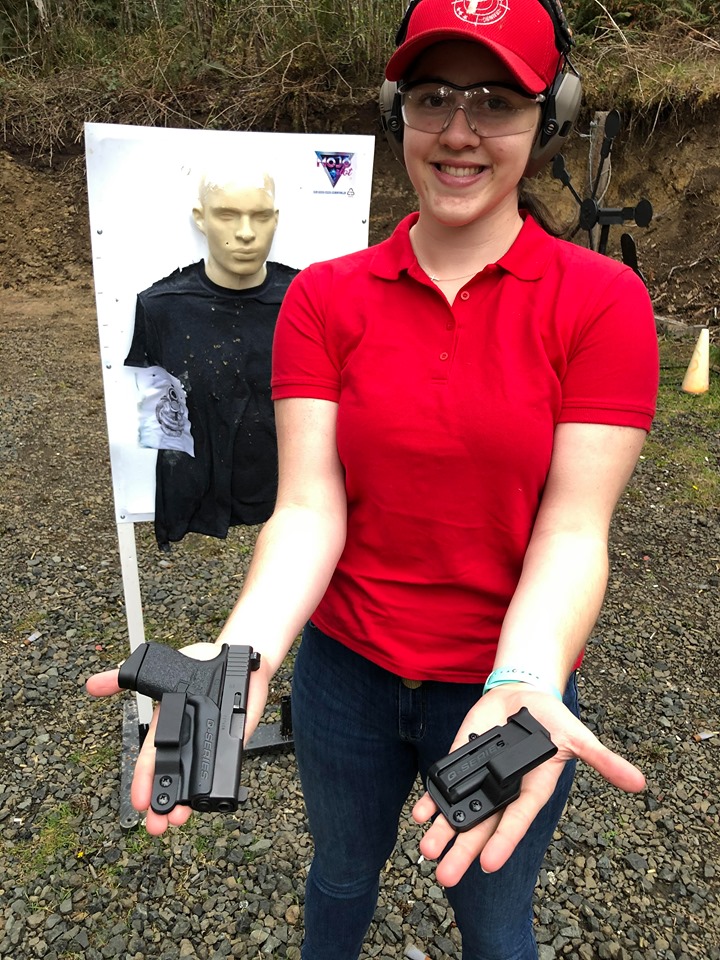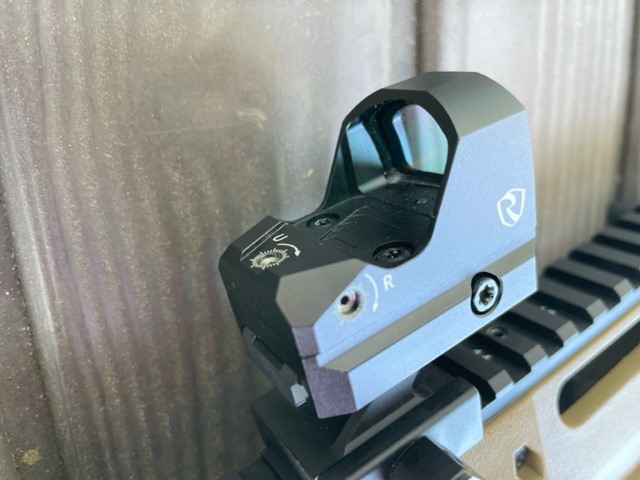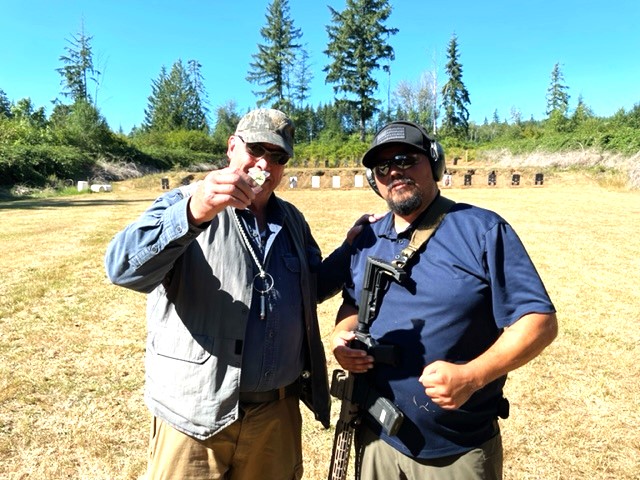Five Common Home Defense Myths (Don’t fall for them!)

Home defense is a serious concern for most Americans…even more so with the decrease in officers on the job, increase in prison releases, and overall violence in general that we’re seeing.
But there are myths about home defense—dangerous myths—that just won’t die that we’re going to cover today.
Myth #1: “I load my home defense gun with birdshot because it doesn’t over penetrate.”
Truth: Range is a huge factor here. At contact distances, bird shot works to stop threats. The problem with bird shot is that at close, but not contact, in-home distances, the shot hasn’t had time to spread out very much and it goes straight through sheetrock. On the flip side, when bird shot hits fluid, it tends to slow down very quickly and may not penetrate deeply enough to stop determined threats.
The counter to this is oftentimes something along the lines of, “I’ll just shoot them in the face…that’ll stop them.” That takes aiming and brings us to Myth #2.
Myth #2: “You don’t need to aim a shotgun.”
Truth: We have a tradition every fall of shooting pumpkins. If they’re fresh, we just shoot them. If they’ve been sitting around as decoration, we poke a hole in the top and fill them with water.
When we shoot them with a shotgun, it’s always amazing how small the entry hole is with bird shot.
You still have to aim and a glancing blow doesn’t do much.
If you don’t think you need to aim a shotgun, I want to challenge you to pattern your shotgun at in-home self-defense distances…figure half the length of the longest span in your house.
Use a big sheet of butcher paper or a big piece of cardboard. Put a dot in the middle to aim at.
What you’ll probably see is a hole from the wadding and a slightly bigger hole from the shot. It may or may not take out the dot that you were aiming at.
If you imagine a circle that 80% of the shot went through…that’s your margin of error. It’s not really meaningful at in-home distances.
The bigger that 80% circle is, the easier it is to hit your target, but the less penetration you’ll get and the less likely it is that you’ll stop a determined threat.
If you’re wondering, rock salt has the same under-penetration problem. Don’t use it on humans. Ever. It’s not predictable enough to use to stop a lethal force threat and it’s still legally considered lethal force in many, if not most jurisdictions, if you use it on a less-than-lethal threat.
Myth #3: “If you want to keep someone away from your house, just shoot through the door.”
Truth: I won’t embarrass the person who said this by naming them…but they’re pretty famous and influential.
This is a really, really bad idea.
There may be several reasons, depending on where you live, but one reason that’s universal is that you need to know your target and what’s beyond it. Are you shooting at a lethal threat or just a stranger? A loved one? A pet?
There’s another layer to this that’s a very old piece of bad advice and that’s…
Myth #4: “If you shoot an attacker outside of your house, drag them inside before you call the police.”
Truth: To begin with, you need to prepare yourself that shooting someone may stop the threat but not cause them to die. If they run away and if the blood trail only leads to your door but not into your house, you may have some explaining to do.
They may also stop being a threat but not move until the police arrive. No dragging then.
But the big thing is, you want to plan do defend yourself LEGALLY…not pre-plan scenarios where you are disturbing evidence and making yourself look guilty to any investigator with more than a week or two of experience.
In your mind, you only want to plan to shoot someone who is posing a clear and present threat to your life or to the life of another innocent person in your home. (in a home defense situation) And, you only want to plan to shoot until you’ve stopped the threat.
Myth #5: “Night sights are all I need.”
Truth: This may or may not be true, but, in general you want to plan on having the ability to visually discriminate between threats and non-threats as well as the ability to aim in all lighting conditions.
This means not shooting at something/someone unless you are positive that it is a threat…and, in general, that means using a weapons mounted light, a handheld light, ambient light, or lighting in the room that you’ve turned on.
There are a dozen more similar myths surrounding home defense…as far as cover vs. concealment, proper use of light, interacting with law enforcement, providing medical care, citizen defender tactics vs. police and military tactics, tactics when you’re only wearing underwear vs. tactics in full kit, etc.
Some of these myths get spread by “counter intelligence” at gun stores, some by gun writers and personalities, and some by busybodies answering questions online that they don’t have the expertise or knowledge to answer.
That’s why it’s so important that you get this >HOME DEFENSE TRAINING<.
Things are sketchy right now and there’s no sign of things calming down anytime soon.
You need to be thinking ahead about the skills that you want to have 2, 3, and 6 months from now and start working on them today…tonight…and >THIS TRAINING< can help you do that with home defense.
Everything from how to harden your house, early warnings, layered defense, concentric rings of security, force escalation, the 911 call, and interacting with police. Do the smart thing and get it today by going >HERE< now.
Have any other home defense myths you want to share?
Any thoughts on home defense that you’re not sure about? Fire away by asking below.







Rick Dembroski
Great post, I always tell if they want to see what a round will do make a weekend project build a 2×6 wall 16″ on center put insulation in between the studs and 5/8″ thick drywall on either side . Stand back 21 feet and then shoot the wall and tell me how XXXX doesn’t penetrate. Its a HUGE eye opener and allows you to test alot of different rounds if you make the wall a few feet wide.